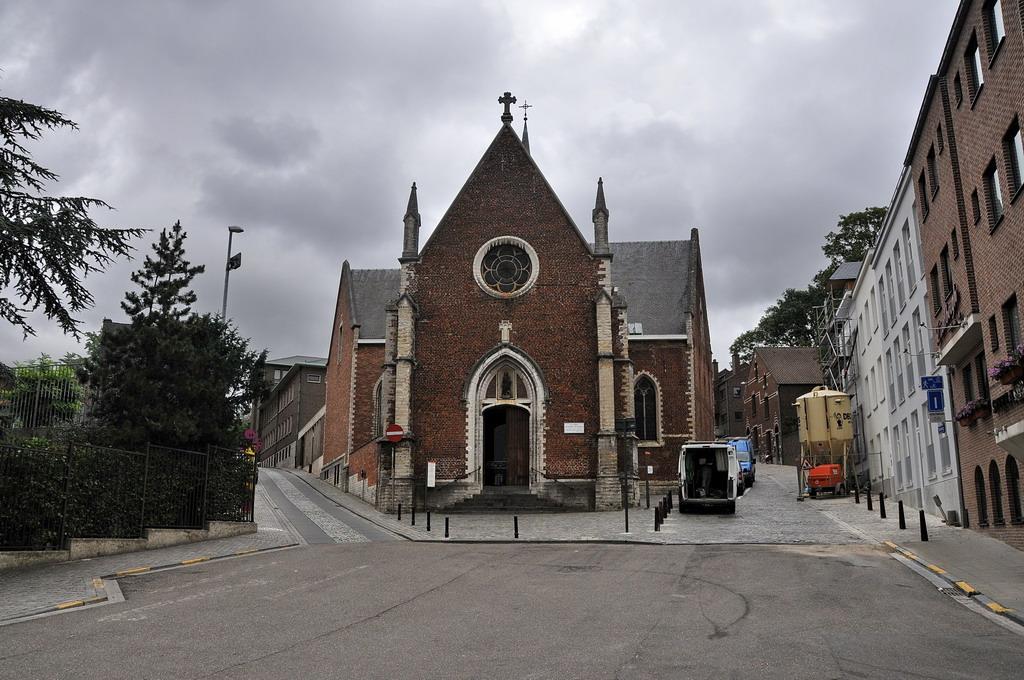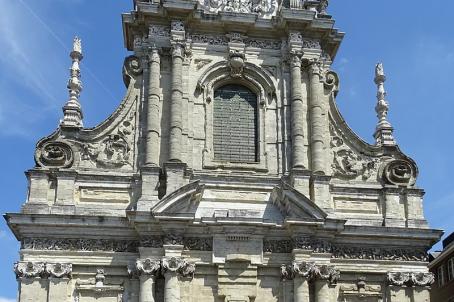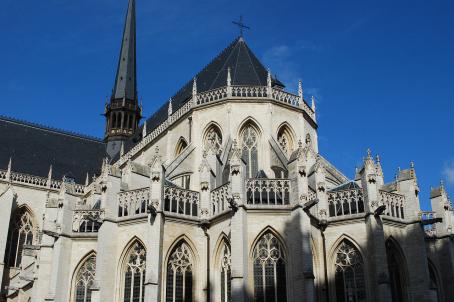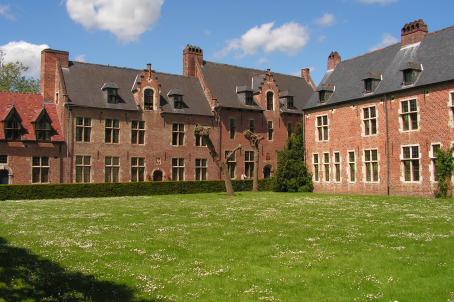St Anthony's Chapel
In 1299, the clergy of the Sint-Pieterskerk (St. Peter’s Church) built a chapel at the foot of the Ramberg, in the center of Louvain. After the university of Louvain was established in 1425, the Artes faculty became the owner of the chapel. From the 16th century onwards, there was a worship of Sint-Antonius van Egypte (Saint Anthony of Egypt). Because of his popularity, the chapel was called Sint-Antoniuskapel (Saint Anthony’s Chapel). In 1617, the chapel was constructed in the late Gothic style as it is now. Restorations took place in the 18th century. In 1797, the French administration closed the chapel and it could be rented by religious groups from 1847 to 1853. In 1860, the chapel was sold and bought by the Congregation of the Sacred Hearts of Jesus and Mary. They renovated the chapel and opened it in 1861. In 1936, the remains of the most famous Belgian missionary and saint, Jozef De Veuster, were transferred from Molokai (Hawaii) and placed in the crypt of the chapel. In 1960-1961, the chapel was rebuilt by the Congregation.






